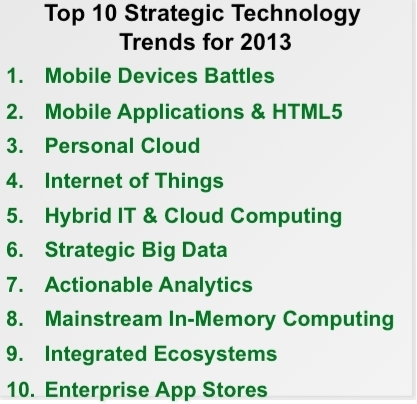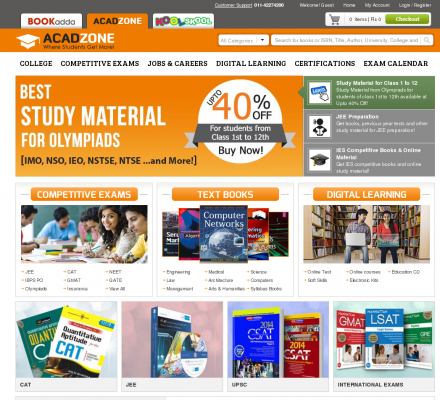New Delhi: Microsoft on Thursday launched its new
Operating System (OS), the much awaited Windows 8, in the national
capital, about three and a half hours before its launch in the US.
 |
| Bhaskar Pramanik, Chairman Microsoft India, introduces the new OS at an event in New Delhi on Thursday. |
The new OS which aims to be fast, fluid and fun is a mishmash of
multitasking capabilities with a crisp and intuitive user interface and
clusters of groups of applications — which can all be accessed
simultaneously.
Old Windows users, who have at least a Windows XP or a Windows 7 PC,
can also upgrade to Windows 8. Those who bought a PC June 2 onwards this
year (and till January 31 next year) can upgrade from Windows 7 to
Windows 8 for just Rs. 699. Others can update their OS via an electronic
software download which will cost Rs. 1,999. The company will provide
technical support for Windows 7 till January 14, 2020.
“Technology has enabled us to be able to use and carry multiple
devices. But we at Microsoft wanted to build a platform through which a
single device can be used for creation and consumption,” said Bhaskar
Pramanik, Chairman, Microsoft India, as he introduced the company’s new
operating system.
In a changing world, where the line between work and life blur and
each one uses multiple devices, Windows 8 aims to integrate all those
device functions into one.
At first look, Windows 8 looks rich, clean and invitingly playful.
Its interface is a cluster of applications in use, all split into little
rectangular tiles. Each tile can be dragged around and its positioning
changed, as can each cluster of many tiles. Each cluster can also be
customised to one’s tastes — by adding or subtracting individual tiles
in the cluster.
The interesting part about the tiles is that they are live – which
means, every application is constantly updating in the background even
if it is not being actively used.
“The best part about the tiles is that it is live,” said Roshan
Abbas, TV host and self confessed gadget freak who has been using the OS
for a month now. “This helps you save time on loading each app
individually and makes things more efficient. I’m definitely not missing
the hourglass” he said.
Microsoft has done away with its start button for the home screen of
Windows 8. Instead, users have access to the start menu at their
fingertips as soon as they log in. Many new Windows 8 enabled devices
come touch enabled, with all the trimmings of pinch zoom and easy swipe
access.
All Windows 8 devices will also come with the Windows App store which
sees around 700 apps added to it each day. Among the apps for the
Indian consumer are popular apps like PVR, Dhingana, MakeMyTrip, Burpp,
and BookMyShow, among others.
Another cute feature of the OS is the picture password. As in an
Android phone where one can have a design based password, Windows 8
allows the user to have a picture password – which when touched in a
certain way will allow the user access.
According to its developers, Microsoft, the OS aims to be “everything
at once” — a platform that bridges the gap between laptops, personal
computers and tablets. It wants to be a platform for consumption and
creation, a marriage between a primary device and a companion device and
connected anywhere and everywhere – through the Cloud.
The company in partnership with its vendors, starting Friday, will
launch 250 Windows 8 devices, in India alone. These devices will be
available in over 2,500 stores in more than 100 cities. These devices
too will be “functional yet beautiful, thin and light weight, connected
to the Cloud and grounded in its basics of being accessible through a
mouse and a keyboard aside from the touch interface,” according to
Pramanik. Some of the vendors which will have Windows 8 enabled OS
devices are Sony, Toshiba, HP, Dell, Asus, Wipro, Acer, Samsung, Lenovo
and HCL.
Microsoft
India’s (L-R) AmrisGoyal, director, Windows Business Group, Bhaskar
Pramanik, chairman and Sanket Akerkar, managing director answer
questions at the launch of Windows 8 in New Delhi on Thursday. Arlene
Chang/Firstpost
“At Sony we believe that the next big revolution in the technological
world is the holistic convergence of innovation, synergy and
connectivity, packed in a single device. An upgradation to Windows 8
offers not only this, but portability speed and ease in utilisation of
various processes in a single device,” Kenichiro Hibi, Managing
Director, Sony India said.
Sameer Garde, President and MD, Dell India, said he hoped this
advancement will help bring a paradigm shift in user interface with
technology. “Microsoft Windows 8 will help in accelerating the
technology development in the IT space. We are glad to be part of a new
revolution which will change how people perceive and interact with
technology,” he said.
As part of its consumer outreach strategy, Microsoft will travel
across 20 cities for roadshows and will conduct marketing engagements in
terms of user interactions at malls and IT hubs with demonstrations.
The company has also already trained over 4,000 Retail Sales Persons
(RSPs) across the country. Some marketing for Windows 8 was already
initiated in the social media space and Friday will see Microsoft launch
its new TV commercial for Windows 8 called ‘Everything at Once’.
“We want to create a desire for the OS and an awareness of the
product and how it works. We want to give the end user a good experience
and make sure they they feel like they have made a satisfactory
purchase,” Amrish Goyal, Director, Windows Business Group, Microsoft
India said at the launch.
The company was mum on its Surface tablet, which in its first phase
of launch releases in eight countries worldwide. Microsoft officials
said India was not among those countries.
And, for all those people missing their old Windows interface and
homescreen, just a click of the Windows key on the new Windows 8 enabled
devices, will transport one back to the old interface – keeping with
its approach to being ‘Everything at once’.






















